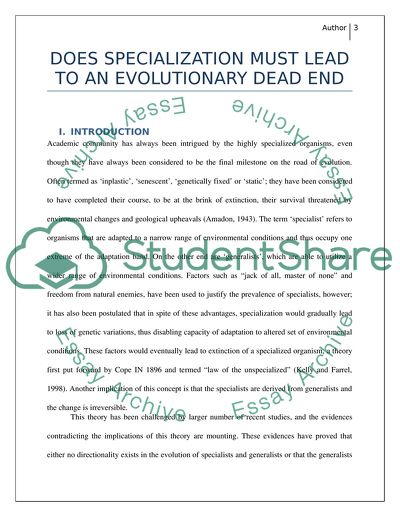Cite this document
(Does Specialization Must Lead to an Evolutionary Dead Term Paper - 1, n.d.)
Does Specialization Must Lead to an Evolutionary Dead Term Paper - 1. Retrieved from https://studentshare.org/biology/1749271-does-specialization-must-lead-to-an-evolutionary-dead-end
Does Specialization Must Lead to an Evolutionary Dead Term Paper - 1. Retrieved from https://studentshare.org/biology/1749271-does-specialization-must-lead-to-an-evolutionary-dead-end
(Does Specialization Must Lead to an Evolutionary Dead Term Paper - 1)
Does Specialization Must Lead to an Evolutionary Dead Term Paper - 1. https://studentshare.org/biology/1749271-does-specialization-must-lead-to-an-evolutionary-dead-end.
Does Specialization Must Lead to an Evolutionary Dead Term Paper - 1. https://studentshare.org/biology/1749271-does-specialization-must-lead-to-an-evolutionary-dead-end.
“Does Specialization Must Lead to an Evolutionary Dead Term Paper - 1”, n.d. https://studentshare.org/biology/1749271-does-specialization-must-lead-to-an-evolutionary-dead-end.


